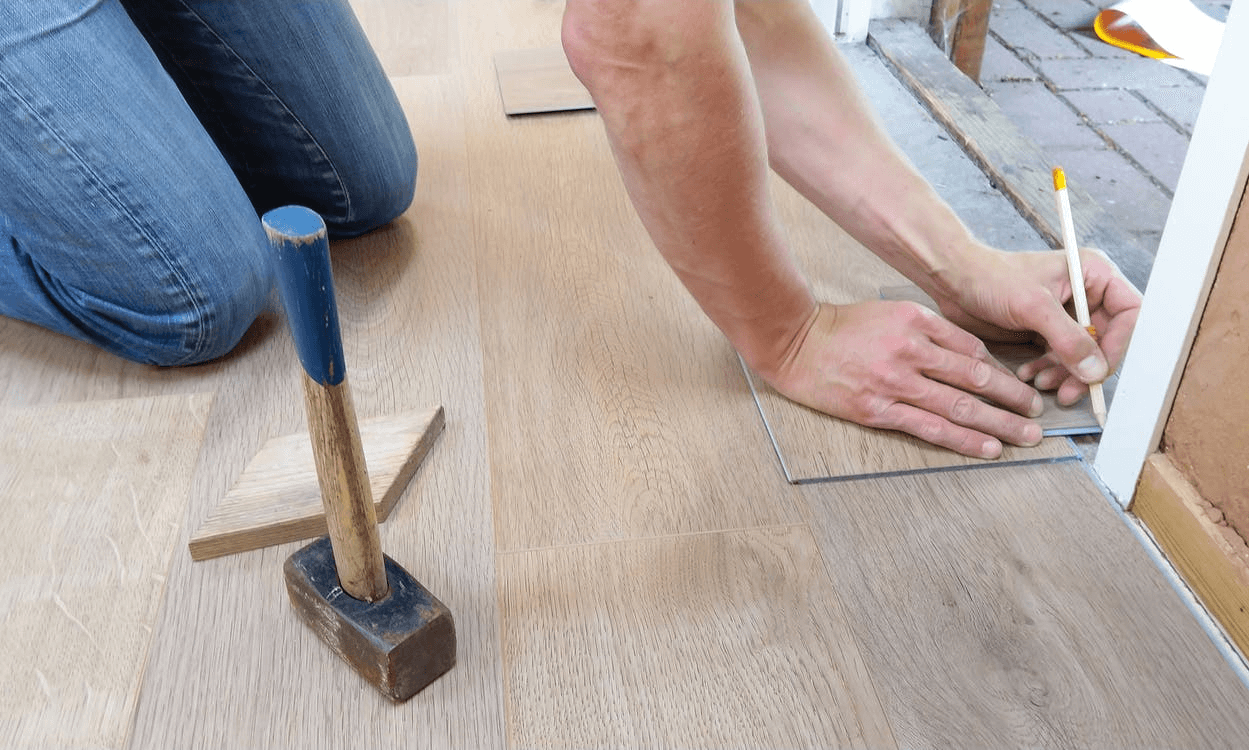
Image Source: Pexels
Flooring is an essential part of any home. It provides comfort, protection, and style. There are many different types of flooring available on the market today, from traditional hardwood to trendy vinyl. In this blog post, we will discuss the different types of flooring available, as well as the pros and cons of each type. We will also provide tips for choosing the right flooring for your home, and advice on how to install it yourself.
Types of flooring
There are many different types of flooring available on the market today. The most popular types include:
- Hardwood: Classic choice for any home. It is durable and easy to clean. However, hardwood is also one of the more expensive flooring options.
- Laminate: It’s a more affordable alternative to hardwood. It is also durable and easy to clean. However, laminate can be slippery, and it is not as heat-resistant as hardwood.
- Vinyl: Vinyl is a popular choice for kitchens and bathrooms because it is waterproof and easy to clean. However, vinyl can be slippery, and it is not as durable as hardwood.
- Tile: Tile is a popular choice for kitchens and bathrooms because it is waterproof and easy to clean. However, tile can be slippery, and it is not as durable as hardwood.
Installation of flooring
Installing hardwood flooring is a big job. If you’re not confident in your DIY skills, it’s best to leave it to the professionals. If you’re considering a new floor for your home, take a look at what Dallas Floors has to offer. From hardwood to laminate, they have a variety of materials and styles to choose from. Plus, their team of experienced professionals are ready to help you every step of the way — from selection to installation. So if you’re in the market for flooring contractors in Dallas, be sure to give them a call. However, if you are handy and have some experience with home improvement projects, you might be able to install hardwood floors yourself. Here are a few tips:
Hardwood
- Hardwood floors can be installed over any type of subfloor, including concrete, plywood, and even existing hardwood floors.
- You will need to use a special saw to cut the hardwood planks to size.
- Make sure the room you’re installing the hardwood in is clean and free of debris before starting.
- Once the hardwood is installed, you will need to sand and stain it.
Laminate
- You can install laminate over any type of subfloor, including concrete, plywood, and even existing hardwood floors.
- Make sure the room you’re installing the laminate in is clean and free of debris before starting.
- Once the laminate is installed, you will need to trim the edges with a router.
Vinyl
- You can install vinyl over any type of subfloor, including concrete, plywood, and even existing hardwood floors.
- Make sure the room you’re installing the vinyl in is clean and free of debris before starting.
- Once the vinyl is installed, you will need to trim the edges with a utility knife.
Tile
- Tile floors can be installed over any type of subfloor, including concrete, plywood, and even existing hardwood floors.
- You will need to use a wet saw to cut the tile to size.
- Make sure the room you’re installing the tile in is clean and free of debris before starting.
- Once the tile is installed, you will need to grout it.
When choosing a new floor for your home, there are many factors to consider, from cost to durability. In this article, we have discussed the different types of flooring available on the market today, as well as the pros and cons of each types so that you can choose depending on your food choices from swiggy. We have also provided tips for choosing the right flooring for your home, and advice on how to install it yourself. So if you’re in the market for new flooring, be sure to keep these factors in mind.
Ava Clarkson
Related posts
Stay connected
Today's pick
- Things to Remember While Designing Your Custom Modular Kitchen in GurgaonGurgaon now known as Gurugram is the second largest city in the state of Haryana and is a reflectiossn of an ideal modern city with futuristic goals. Witnessing rapid urbanization, it has also emerged as a hub for contemporary homes, with homeowners seeking innovative and... The post Things to Remember While Designing Your Custom Modular […]

